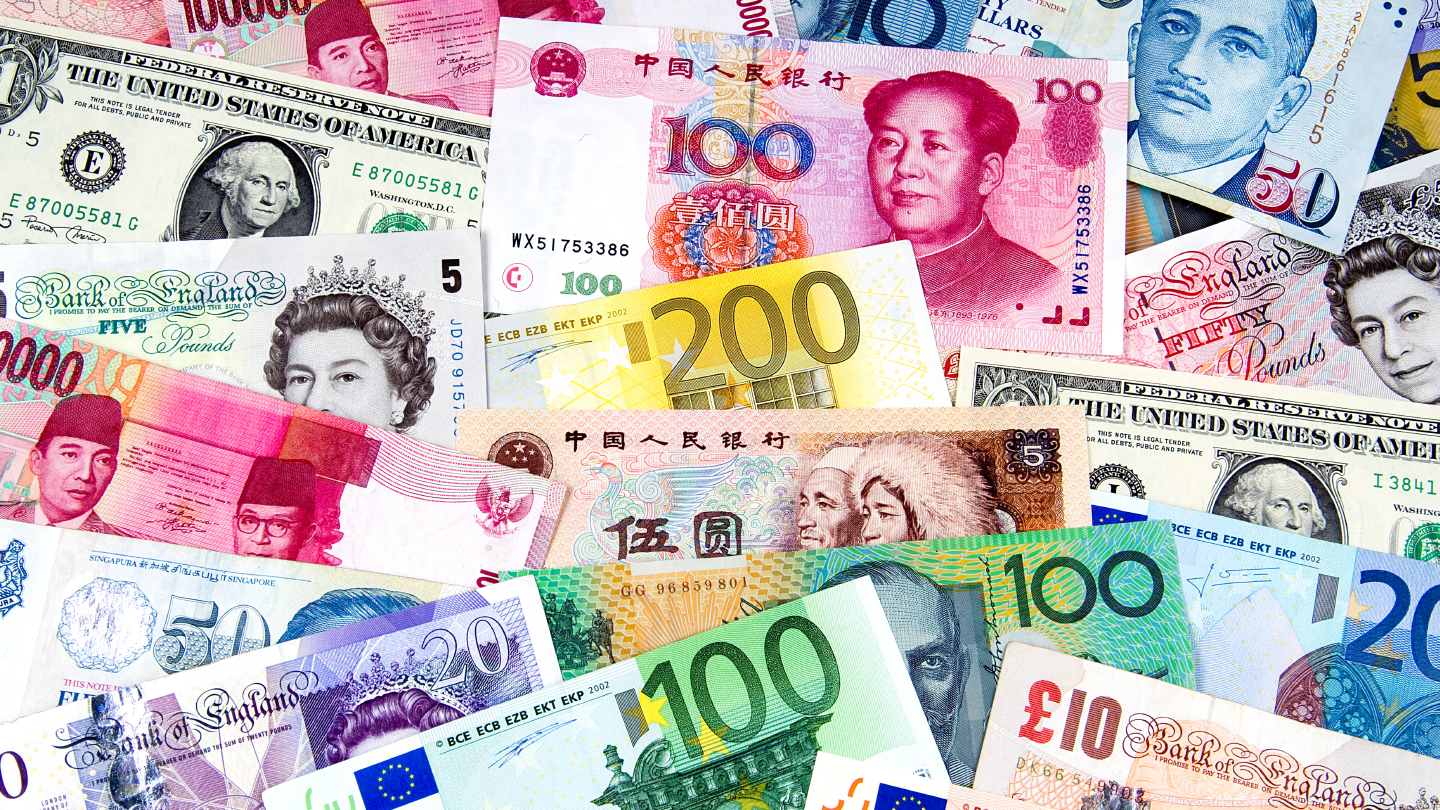Nobody’s Perfect
Paul Race

The announcement that 46 million Australian bank notes have been issued with a typing error raises questions as to how common such occurrences are and what the implications are, if any, for security.
The www.londoncoins.co.uk website highlights the range of notes with errors that are currently available for sale on eBay and more specialist sites. To give just one example, a Bank of England five pound note with the image of the Duke of Wellington missing sold recently for £120.
Banknotenews.com provides evidence of some unusual errors that have occurred in various countries. On 7 March 2012 it reported that 20 kwacha notes issued in Malawi had wrongly labelled a building featured on the note. It was identified as Domasi Teacher Training College when it should have been Machinga Teacher Training College. The central bank highlighted that the error would not impact the notes in that they would remain legal tender but that any error would be rectified when the notes were next issued.
As notes become more sophisticated so does the potential for error. In 2011 the Brunei Times reported an unusual error with the 50,000 rouble note. The Braille versions of numbers were not correctly rendered.
Are some “errors” deliberate? In February 2012 the National Bank of Belarus claimed that spelling errors on its notes were a deliberate attempt to trip up fraudsters.
8 percent of the world's currency is held in cash and IMF countries account for 139 currencies. When you consider that each of these currencies will be divided into a number of different denomination notes then you have some idea of the different note types in circulation worldwide, each with different design features.
According to the Federal Reserve US $1.48 trillion is in circulation worldwide and 60 percent is held outside the US. There are currently 3.6 billion Bank of England notes in circulation, to a value of £70 billion.
As well as having different designs and security features, notes vary greatly in size. According to the IMF the smallest notes are found in Malawi (87 percent of US dollar size). The largest notes are found in Singapore and Brunei and are 150 percent of the US dollar size or half as large again.
Counterfeit notes have a long history. At the start of the American Civil War in 1861, it was estimated that 50 percent of notes were fake. As central banks worldwide adopt new bank note security features such as portrait watermarks, colour shifting ink, raised printing, embossed ink, florescent fibres, hologram doorways, security threads and polymer materials, so the technology of counterfeit detection has evolved.
Glory's cash automation and recycling technology enables the sorting, authentication and counting of large volumes of bank notes of varying denominations. Our best in class bill validators incorporate a range of technologies to identify and authenticate every note as it is counted and the technology is compatible with the sizes and characteristics of almost any note in circulation today.
If you have concerns about accepting counterfeit currency or would just like to find out how automation can make your processes more efficient, let’s have a conversation. Contact your local GLORY account manger or drop us an email via info@uk.glory-global.com